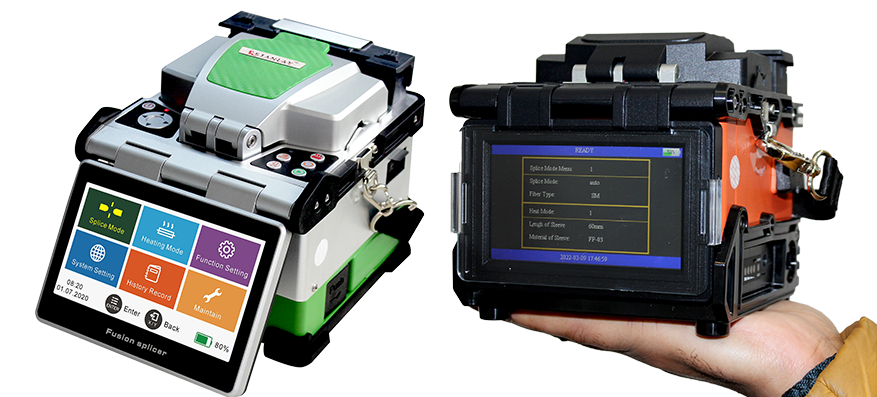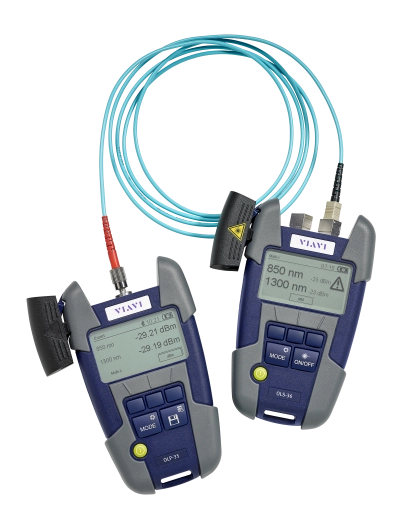Main reasons for integrating an optical measurement system into modern manufacturing
All You Required to Learn About Robotic Vision and Its Applications in Advanced Optical Dimension Equipments
Robotic vision stands for a substantial innovation in the intersection of computer system vision, expert system, and artificial intelligence. This innovation improves the precision of optical dimension systems, enabling real-time data analysis and boosted high quality control. Its impact spans multiple sectors, from producing to healthcare. However, the developing landscape of robotic vision questions regarding future capacities and applications (optical measurement system). What technologies exist in advance in this transformative area?
Comprehending Robotic Vision: Key Concepts and Technologies
Robotic vision incorporates the innovations and methods that allow equipments to analyze and understand visual info from their environment. This area incorporates elements of computer system vision, expert system, and equipment discovering to help with computerized decision-making based on visual data. Trick principles include picture processing, which entails the enhancement and evaluation of images to extract significant features, and object recognition, which enables machines to identify and identify objects within a scene.

The Integration of Robotic Vision With Optical Dimension Solutions
As markets significantly demand precision and effectiveness, the integration of robotic vision with optical dimension systems has become a transformative technique. This harmony allows robots to view and analyze their surroundings, boosting the capacity of optical dimension systems to evaluate and analyze items with exceptional accuracy. By furnishing optical sensors with advanced imaging modern technologies, robot vision makes it possible for real-time data collection and handling, facilitating instant changes to measurement criteria.
In addition, the mix empowers automated systems to identify variations in dimensions, surface high quality, and alignment, which are important in quality control procedures. Enhanced formulas, such as maker discovering, additional boost this integration by boosting the systems' capability to adjust to various environments and circumstances. The assimilation not just enhances measurement processes yet additionally reduces mistakes, making certain that items meet rigid industry requirements, thereby solidifying the function of robot vision in the future of optical measurement systems.
Applications of Robotic Vision in Manufacturing
In modern-day production environments, using vision systems has changed manufacturing procedures by allowing machines to do jobs with exceptional precision and speed. Robotic vision systems are increasingly used for top quality control, where they check items for problems and assurance adherence to specs. These systems utilize cameras and advanced algorithms to evaluate items in real-time, significantly lowering the danger of human error.
In addition, robotic vision promotes automation in assembly lines, enabling robotics to precisely determine parts and construct them with very little downtime. This innovation also boosts stock administration, as vision systems can keep an eye on stock levels and spot inconsistencies, guaranteeing a seamless supply chain.
Additionally, robot vision help in the execution of clever manufacturing facilities, where information from vision systems can be incorporated with various other modern technologies to enhance process. Generally, the applications of robotic vision in making demonstrate its important function in boosting efficiency, quality, and efficiency throughout various sectors
Robotic Vision in Healthcare: Revolutionizing Individual Treatment

In recovery, robotic vision help in keeping an eye on client progression and tailoring therapy sessions to private needs. It sustains medical experts by automating jobs such as information collection and patient tracking, enabling more time to concentrate on straight person interaction. Additionally, robot vision improves telemedicine by enabling remote medical diagnosis and digital appointments, bridging the gap in optical measurement system between individuals and doctor. Overall, the application of robot vision in medical care is changing person treatment, bring about enhanced end results, effectiveness, and individual contentment.
Future Trends and Growths in Robotic Vision Innovation
The rapid advancement of robotic vision modern technology guarantees to further enhance its applications across numerous fields, including medical care. Future trends show a substantial shift towards incorporating expert system and maker understanding, allowing systems to gain from vast datasets and enhance precision with time. Boosted sensor innovations and deep learning algorithms are expected to improve object recognition abilities, enabling robots to translate intricate atmospheres a lot more effectively.

The assimilation of increased fact (AR) with robot vision will likely reinvent exactly how robotics assist in medical procedures and diagnostics. This synergy will help with real-time data visualization, enhancing decision-making processes. In addition, miniaturization of parts will certainly cause more small and functional robot vision systems ideal for a variety of jobs. As these advancements unfold, sectors will certainly witness boosted automation and effectiveness, solidifying robotic vision as a foundation of ingenious technological options.
Frequently Asked Concerns
What Are the Key Elements of a Robot Vision System?
The main parts of a robotic vision system consist of cameras for picture capture, cpus for information analysis, formulas for interpretation, and actuators for movement. With each other, these components make it possible for robots to view and connect with their setting efficiently.
How Does Robotic Vision Improve Accuracy in Measurements?
Robotic vision improves dimension accuracy by utilizing advanced imaging technologies, making it possible for exact things discovery and spatial evaluation. This capacity minimizes human error, enhances repeatability, and enables real-time changes, eventually enhancing general measurement integrity and effectiveness.
What Industries Advantage The Majority Of From Robotic Vision Modern Technology?
Different industries profit substantially from robot vision innovation, consisting of manufacturing, health care, agriculture, and logistics. These sectors use boosted accuracy, effectiveness, and automation, causing enhanced efficiency and minimized operational costs in their corresponding procedures.
Can Robotic Vision Solutions Operate In Low-Light Conditions?
Robotic vision systems can without a doubt function in low-light problems, using sophisticated sensors and formulas to boost photo clearness. This ability permits them to carry out properly in different settings, consisting of industrial and security applications, despite minimal lighting.
What Are the Costs Connected With Implementing Robotic Vision?
The prices related to carrying out robotic vision differ considerably, affected by elements such as cams, software application, and combination. Extra costs include maintenance, training personnel, and possible upgrades to existing systems, which can accumulate in time.